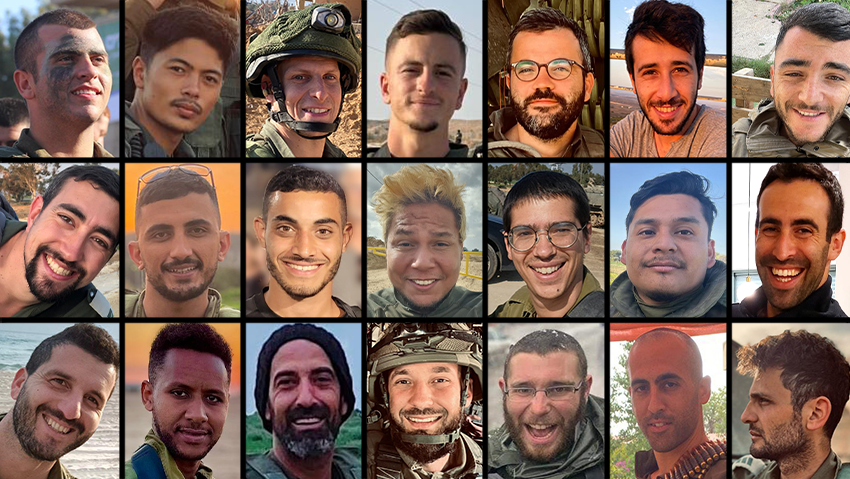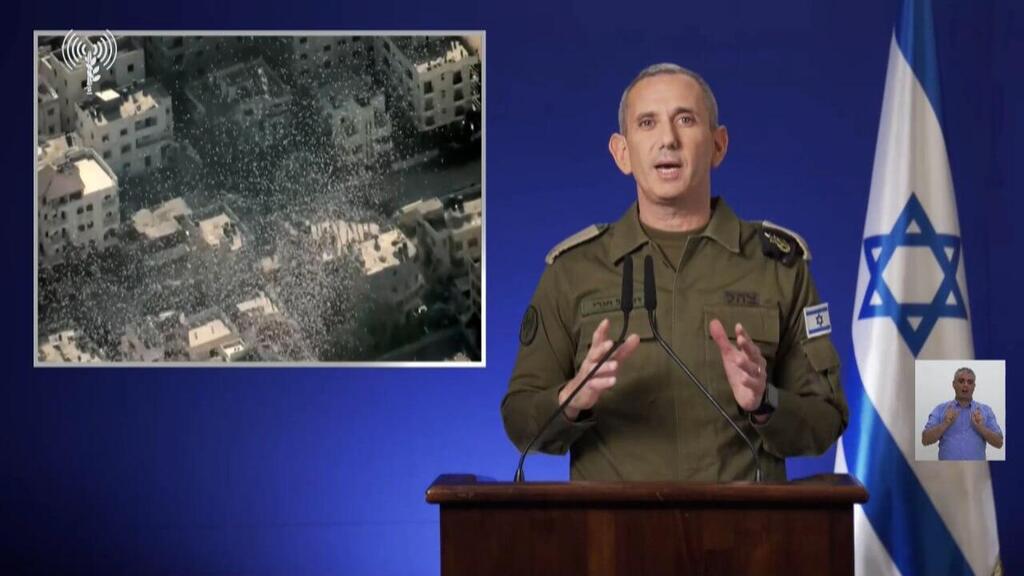Getting your Trinity Audio player ready...
The task that went horribly wrong, claiming the lives of 21 reserve troops, was a critical one. It involved clearing out structures to make way for a buffer zone, designed to clinically separate the Gaza Strip's eastern neighborhoods from the Israeli communities just a mile or so away.
Read more:
One of the reservists on site helped shed some light. "Three forces were deployed at that location: One to clear out the homes, Armored Corps troops and a demolition force to raze the structures after they've been cleared. It was supposed to be routine. You go in, clear it from enemy forces, see there aren't any explosives to endanger the forces, rule out entrances to subterranean tunnels and then the demolition force does its thing. That's when the clearing force clears out, after which you detonate," he explains.
The elusive element no one saw coming was a terrorist cell emanating from the nearby orchard, making its way toward the troops and firing anti-tank missiles at the structures that were already rigged with explosives ahead of their demolition, triggering the explosives and causing a tragic chain reaction.
"The thing is, the initial clearing force remained inside the house, which they shouldn't have. We're talking about troops for whom this isn't the first rodeo. They're well-versed in this sort of operation, but in this case, a terrorist anti-tank missile squad showed up, which caught Israeli forces by surprise as it was unlikely a terrorist cell would appear less than a mile from the border fence.
"If they had followed procedures to the letter, 14 lives would have been saved. Unfortunately, nothing could have been done to save the Armored Corps troops, but the initial clearing force should never have lingered inside the house, going against procedures."
In order to highlight the significance of protocols in events like these, the soldier gives an illustration of a protocol that was indeed followed. "All the buildings are interlinked, and ultimately, you flip a single switch and everything detonates. However, the connection between the traps, between each building, is disconnected.
"If this protocol was not adhered to and disregarded, fighters from two or three platoons would have been killed in this situation because all the buildings would have exploded simultaneously. In the IDF, it is crucial to refine and enhance protocols."
Asked about this specific point in a briefing, IDF Spokesperson Rear Admiral Daniel Hagari said, "The force searched the perimeter, cleared the structures and deployed explosives. We've done this dozens of times in the past and will continue to do so because there is no other way. The number of forces and their location will be the focal point of our examination."




